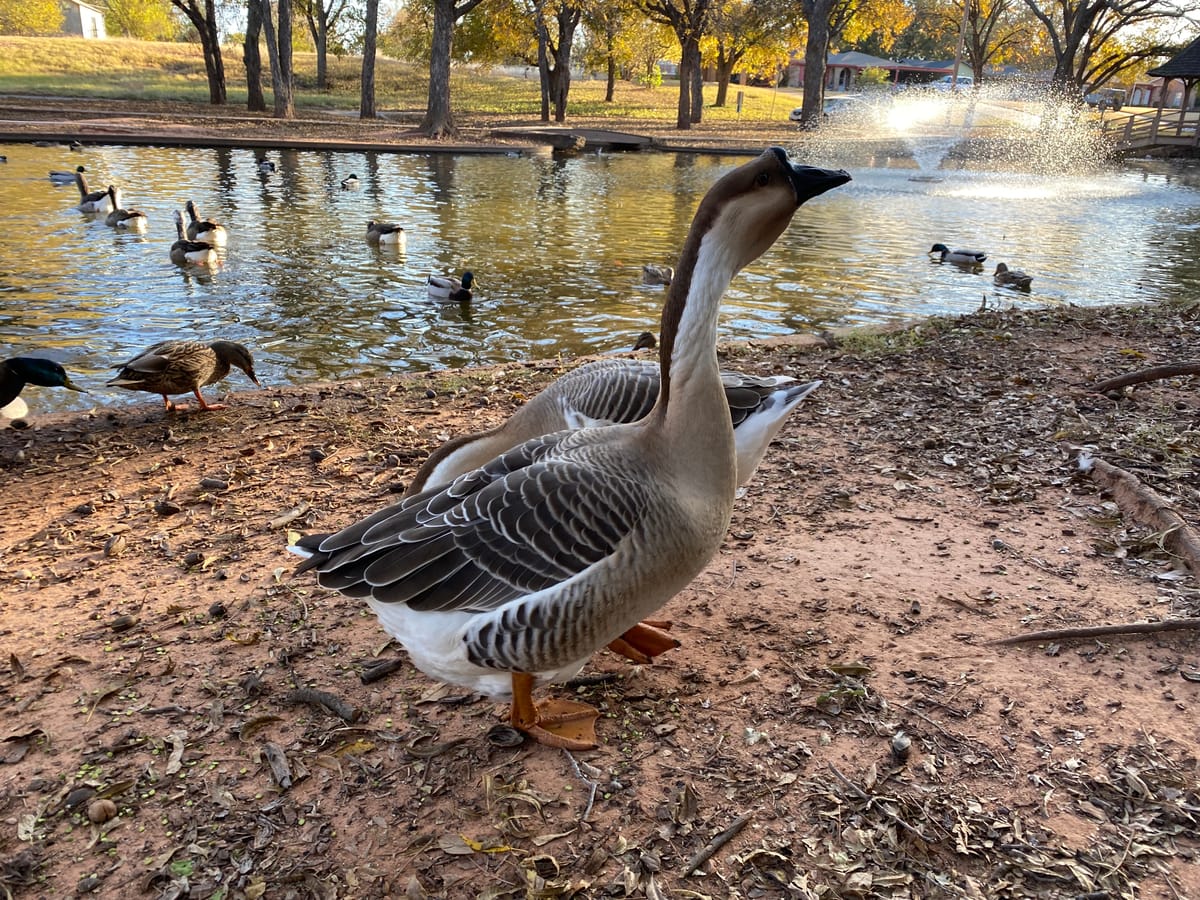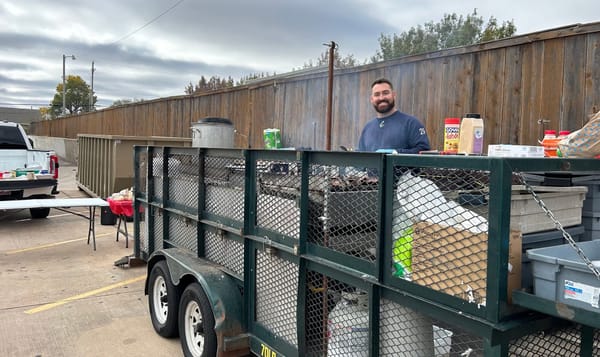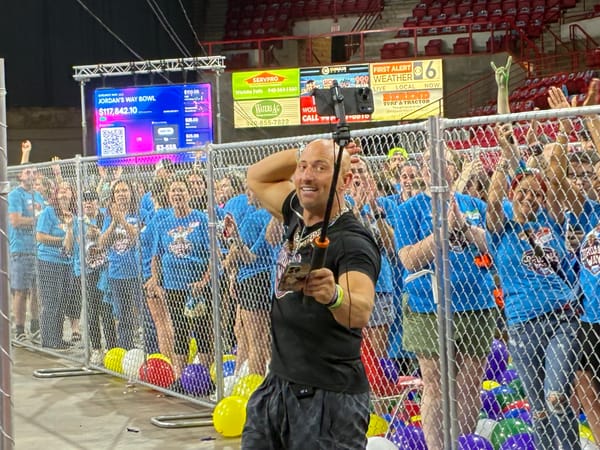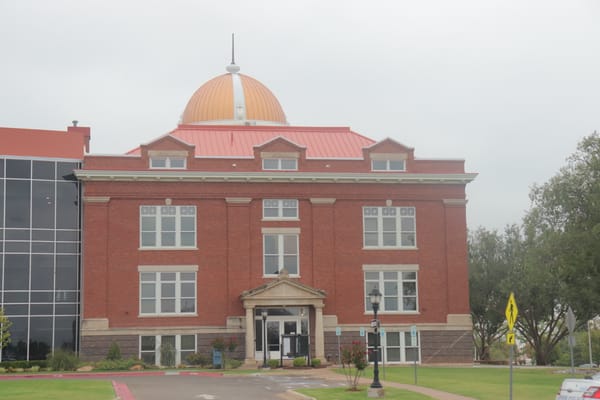Rural communities responses to wildlife infiltration: a reflection of small town resources and community effort
When it comes to wildlife rehabilitation, some communities are fortunate enough to have nearby rescues and rehabbers that are willing to step in and help. Other cities have to get more creative and use what (or who) is available in town.

It’s no surprise that smaller rural communities, like the ones that make up much of Texoma, lack the government resources that larger cities tend to have. When issues arrive where such resources are needed but not available, these smaller communities are forced to get creative with what they do have. This is especially the case in terms of issues that are further complicated by state or federal laws. One common example of this is how wildlife is handled within city limits.
Some communities are fortunate enough to have nearby rescues and rehabbers that are willing to step in and help. That said, these organizations have limited space and tend to fill up quickly, restraining the help they’re able to extend. Other cities have to get more creative and use what (or who) is available in town. For the City of Elgin, that’s Mayor JJ Francais.
Francais is known around town as the do-it-all mayor, as he commonly takes on the tasks in Elgin that need to be done, at no cost to residents. This no-charge system is actually what allows him to offer the services legally, because in compliance with state law, charging for such services requires certain permits.
While Elgin does have an animal control officer that is licensed by state law to handle domestic animals and the removal of dead animals, she doesn’t handle wildlife. On top of that, she’s the only shelter staff and doesn’t have the time for many more responsibilities. As a result, Francais took on the Wildlife Nuisance Operator position, which he officially obtained a few months ago now.
“It either gets done by me or it doesn’t get done,” Francais said.
Francais said in the time he’s served in the role, he’s removed several snakes and even helped connect a fawn with a rehabilitation facility. While he said he relocates wildlife or finds rehabbers when he can, he said that often times with injured animals or creatures considered “nuissances” by the state, like skunks, he generally resorts to euthenasia. He said he receives around 1 - 2 calls about wildlife a month.
In cities that don’t have additional people on board to handle wildlife, the calls for help usually are directed to Animal Control Officers. This is the case for Iowa Park Animal Control Officer, Christine Dison.
Dison said she’s been an Animal Control Officer for eight years, but that she’s always been involved in animal care programs, such as fostering and trap and release programs. She said that her obligatory job duties usually involve city and state enforcement of laws, vaccinations, animal welfare, community outreach, and running the reclaim shelter. Nonetheless, she does frequently get calls about wildlife emergencies.
“We do very little for that. Animal control is for domesticated animals,” Dison said.
She clarified that injured or dead wildlife can be removed with the help of area resources, like the Game Warden and rehabbers. Most times, if they get a call about wildlife and direct the caller to a local rehabber. She said they have compiled a list of rehabbers and other wildlife resources on the city website, under the animal control page.
Dison said that recently a woman called about an injured goose in city limits. While initially, the woman that called was frustrated, Dison was able to direct her to the Wild Bird Rescue. The rescue was able to take the goose, illustrating how well this collaborative process can work.
“The best thing to do if they have a question is to just call and ask,” Dison said. “Every situation is different and the best way to know how to respond is to ask.”
In terms of the efforts that rehabbers are able to make when called on for help, a lot of it depends on the animals they specialize in rehabilitating. Charles Luna, the Founder of North Texas Rattlesnake Removal said he commonly gets calls from cities and residents alike. He said that, primarily, he handles calls about relocating snakes of all varieties, but occasionally he does handle other wildlife when the need arises. Regardless of what the job calls for, he believes in doing what he can to find the best solution for people and wildlife.

“Every animal has a purpose,” Luna said. “All snakes help control vermin, pests, and other snakes. Yes, venomous snakes can be harmful, but some venoms have been used in life-saving medicine.”
Once Luna captures a snake, he has partnerships with certain game wardens and land owners that allow him to release the creatures on designated lands. He said it benefits the land owners because the snakes help control vermin which can cause damage to property and fires. He said that generally only in instances of injury does he kill snakes.
Luna’s services can be obtained through www.freesnakerelocation.com.
What sets rural areas apart from big cities is the level of nature that is woven into them. Inevitably, wildlife is part of that. As a result, encounters with wildlife in those areas are to be expected. That’s why it’s important to be informed about how to respond in those circumstances in advance.
While the services geared toward rehabilitating and relocating wildlife vary by city, the best way to know how to respond to wildlife emergencies in your area is to reach out to the Animal Control Officer in your city. This will make it clear what resources your city is able to supply, what services they are partnered with, or where you can look elsewhere for help.




